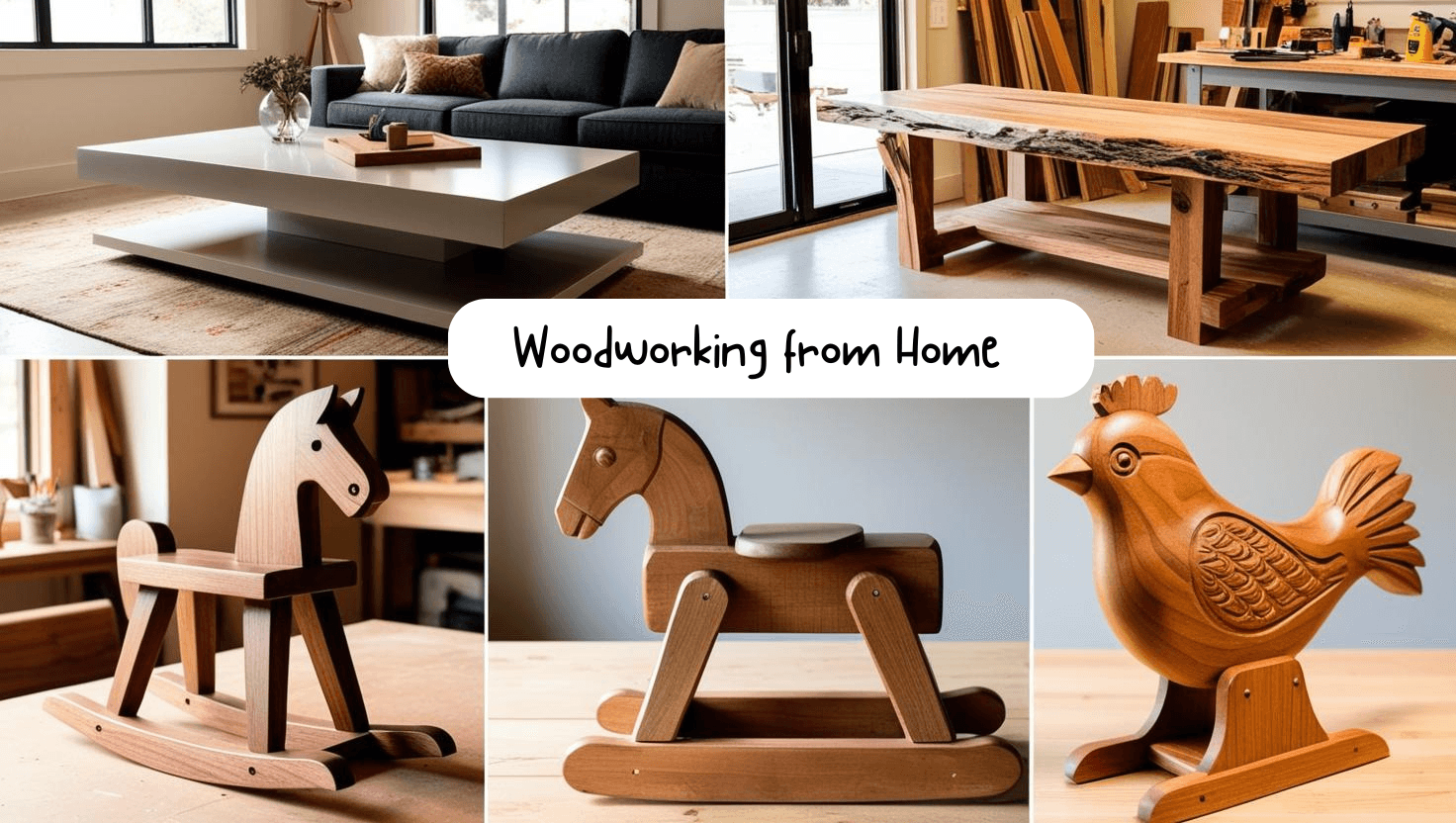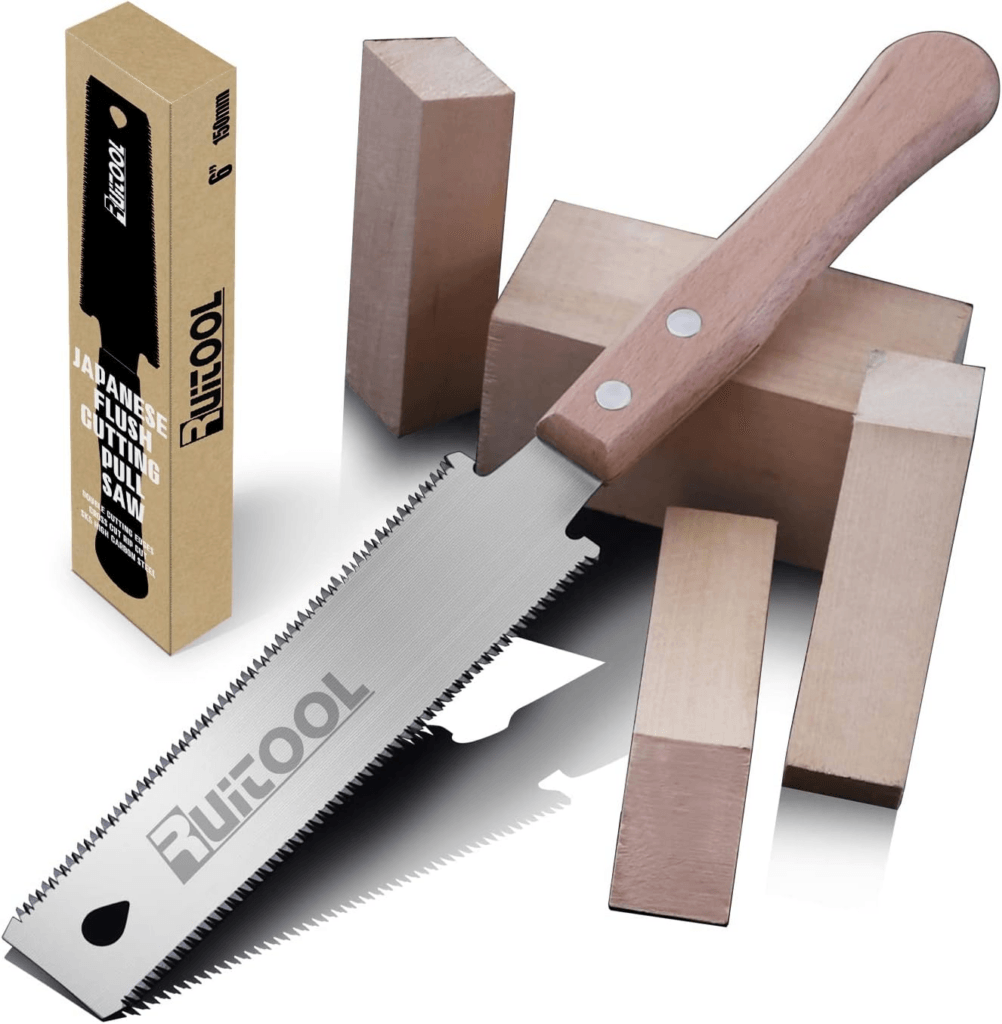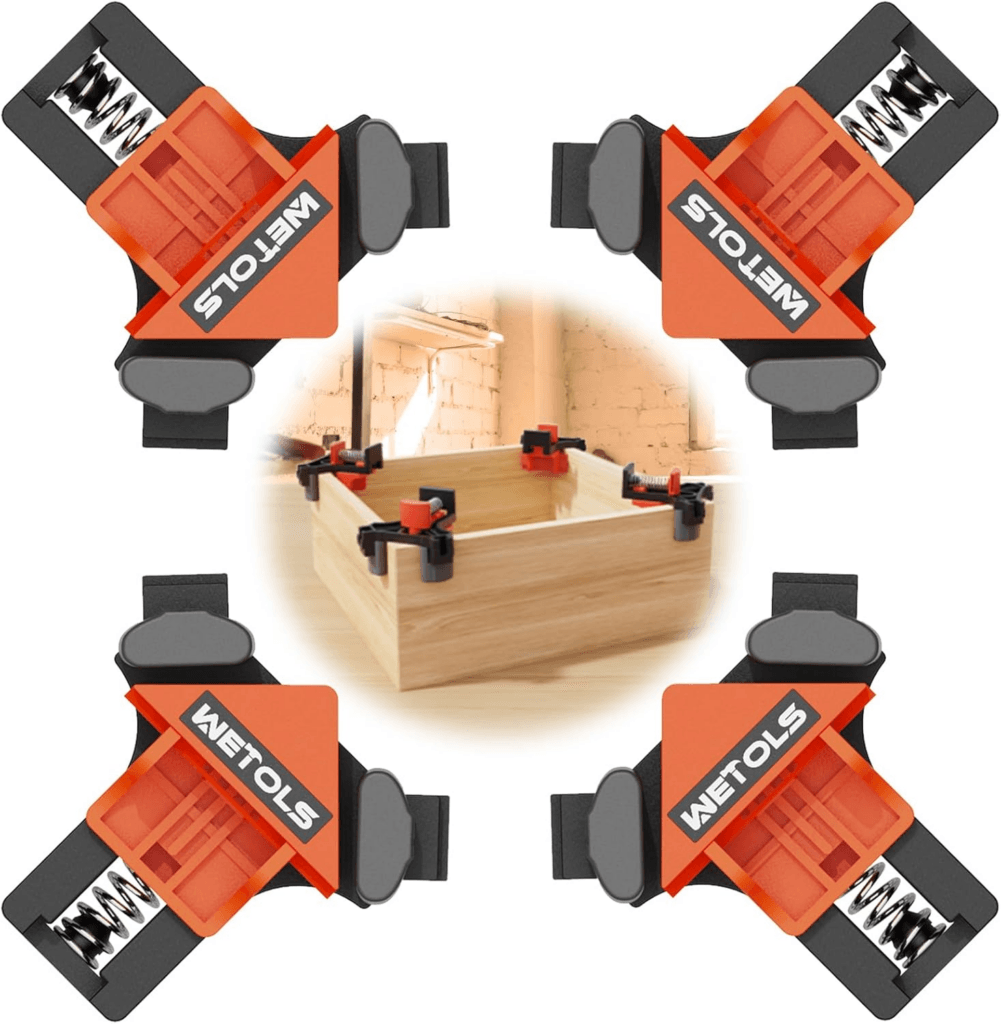Why Woodworking is a Lucrative At-Home Business
There’s something magical about taking a hunk of wood and transforming it into something people will happily exchange their hard-earned cash for. Woodworking is one of the rare crafts where passion meets profitability—where the smell of sawdust is the scent of success.
The Joy of Turning Sawdust into Cash
Instead of letting your garage collect dust, why not turn that dust into dollars? Woodworking is more than just a satisfying hobby; it’s a skill that can provide a sustainable income with the right approach.
Who Can Start a Home Woodworking Business?
You don’t need to be a master carpenter to get started. Whether you’re a seasoned craftsman or just someone who enjoys tinkering with wood, there’s a profitable niche for everyone in the woodworking world.
Setting Up Your Home Woodworking Workshop
Choosing the Right Space for Your Workshop
Before you start churning out masterpieces, you need a dedicated workspace. A garage, basement, or even a backyard shed can work—just make sure there’s enough room for your tools and creativity to breathe.
Essential Tools for Beginners
Start with the basics: a saw, a drill, clamps, measuring tools, and a sander. You don’t need an arsenal of fancy equipment to make high-quality pieces.
Advanced Tools for Scaling Your Business
As your business grows, investing in a table saw, CNC machine, and lathe can boost productivity and allow you to expand your product line.
Safety First: Protecting Your Hands, Eyes, and Sanity
Goggles, gloves, and a solid dust collection system aren’t just for show. Keeping your fingers intact is key to long-term success in the woodworking business.
Finding Your Niche in the Woodworking Market
Custom Furniture: Handmade Charm Sells
People love unique, handcrafted furniture. Dining tables, shelves, and coffee tables can fetch a pretty penny if you craft them with care.
Personalized Home Decor: Small Pieces, Big Profits
Signs, picture frames, and coat racks are always in demand, especially if you offer custom engraving.
Wooden Toys: Nostalgic and Eco-Friendly
Parents and grandparents adore high-quality wooden toys. Bonus: They’re not made of plastic, so they sell well to the eco-conscious crowd.
Kitchenware: Cutting Boards, Utensils, and Spice Racks
Wooden kitchenware is not only practical but also stylish. A well-crafted cutting board can sell for $50 or more.
DIY Woodworking Kits: Selling Projects for Others to Build
Give customers the joy of woodworking without the mess by selling pre-cut pieces they can assemble themselves.
Rustic and Farmhouse Style: Evergreen Trends
If it looks like it belongs in a cozy cabin or a Pinterest board, it’s a guaranteed seller.
Pet Products: Beds, Feeders, and Play Structures
People spend a fortune on their pets. Capitalize on this by making stylish and functional pet furniture.
Creating a Business Plan
Setting Realistic Goals and Expectations
Woodworking is not a get-rich-quick scheme (unless you find a way to sell sawdust as a health supplement—please don’t). Set achievable goals, whether it’s making an extra $500 a month or eventually replacing your full-time income.
Pricing Your Work for Maximum Profitability
Don’t sell yourself short! Consider the cost of materials, time spent, and market demand. A handcrafted wooden bench isn’t just a bench—it’s a future heirloom. Price accordingly.
Understanding the Cost of Materials and Time
A common rookie mistake is underestimating expenses. Keep track of every screw, nail, and slab of wood. Also, factor in the time spent crafting, sanding, and—let’s be honest—staring at your work in admiration.
Profit Margins: How to Stop Underselling Yourself
Your time is valuable. If you’re spending 10 hours on a piece and selling it for $50, you might as well be working for free. Set fair prices that reflect your craftsmanship.
Legal Considerations: Permits, Taxes, and Business Structure
Don’t let Uncle Sam surprise you. Register your business, research tax deductions (hello, tool write-offs!), and ensure you comply with local laws before you become a woodworking mogul.
Sourcing Quality Materials on a Budget
The Art of Finding Free or Discounted Wood
One woodworker’s trash is another woodworker’s treasure. Check local sawmills, pallet yards, and Craigslist for free or cheap wood.
Upcycling: Making Money from Salvaged Wood
Old barn wood, discarded furniture, and even fallen tree branches can become high-value products. Give wood a second life and profit from sustainability.
Choosing Sustainable Materials for an Eco-Friendly Brand
Consumers love “green” products. Market your items as sustainable by sourcing responsibly harvested wood and using non-toxic finishes.
Working with Specialty Woods for High-End Products
Walnut, mahogany, and maple command higher prices. If you want to sell luxury pieces, investing in premium wood is worth it.
Mastering the Art of Marketing Your Woodworking Business
Building an Engaging Social Media Presence
People love watching woodworking videos—it’s oddly satisfying. Use Instagram, TikTok, and Facebook to show off your work in action.
Leveraging Instagram and Pinterest for Sales
A well-lit photo of your handcrafted bookshelf can go viral. Pinterest is gold for selling home decor, while Instagram connects you with engaged buyers.
How to Take Stunning Product Photos Without a Pro Camera
Use natural light, a clean background, and a few well-placed props. A high-quality smartphone camera and basic editing skills can make your products look premium.
Writing Product Descriptions That Sell
“Handcrafted wooden cutting board” sounds okay. “Rustic, one-of-a-kind walnut cutting board, perfect for farmhouse kitchens” sounds irresistible. Use enticing descriptions to attract buyers.
The Power of Word-of-Mouth Marketing
A happy customer is a free advertisement. Offer outstanding quality and service, and word will spread faster than a runaway bandsaw.
Setting Up an Etsy Store: Tips for Success
Etsy is the go-to marketplace for handmade goods. Use high-quality photos, clear descriptions, and competitive pricing to stand out.
Selling on Amazon Handmade, eBay, and Facebook Marketplace
Diversify your sales channels. Amazon Handmade is great for upscale pieces, while Facebook Marketplace is perfect for local buyers who don’t want to pay shipping.
Launching Your Own Website for Direct Sales
Having your own site builds brand credibility and saves you from marketplace fees. Platforms like Shopify and Wix make it easy to set up a professional online store.
Blogging and Content Marketing for Brand Authority
Write about woodworking tips, DIY tutorials, and behind-the-scenes insights. Blogging builds trust and attracts customers organically through search engines.
Monetizing Beyond Selling Physical Products
Teaching Online Woodworking Classes
Turn your skills into a course! Teach woodworking basics through platforms like Udemy or Teachable.
Starting a YouTube Channel for Ad Revenue
Monetize your craftsmanship by filming tutorials, project showcases, or even woodworking fails (people love a good blooper reel).
Creating Woodworking eBooks and Tutorials
If you enjoy writing, compile woodworking plans into an eBook. Sell it on Amazon Kindle or through your own site.
Partnering with Brands for Sponsorships
Once you build an audience, tool companies may pay you to review or showcase their products. Free tools and money? Yes, please.
Offering Custom Commission Work for High-Paying Clients
Some people are willing to pay premium prices for unique, made-to-order pieces. Capitalize on this by offering exclusive, high-end designs.
Managing Workflow and Productivity
Organizing Your Workstation for Maximum Efficiency
A cluttered shop equals lost time (and lost tools). Invest in pegboards, shelves, and labeled bins to keep everything in its place.
Time Management Strategies for Woodworkers
Batch similar tasks together. Cut all your wood at once, then sand, then assemble. This method saves time and increases output.
Balancing Custom Orders with Stock Items
Custom work is lucrative but time-consuming. Keep a balance by also selling pre-made pieces that require less effort.
Handling Rush Orders Without Losing Your Mind
Sometimes customers need things ASAP. Have a clear rush order policy (with extra fees!) so you don’t burn out trying to meet impossible deadlines.
Hiring Help: When to Expand Your Home Business
If demand skyrockets, consider hiring an assistant or outsourcing tasks like packaging and shipping to stay productive.
Scaling Your Woodworking Business Over Time
How to Transition from Hobbyist to Full-Time Woodworker
Once your income from woodworking outpaces your day job, it may be time to go all in. Plan financially before making the leap.
Expanding to Wholesale and Bulk Orders
Selling to boutiques or large retailers can bring consistent revenue. However, be prepared for bulk pricing and higher production demands.
Opening a Small Local Workshop or Storefront
If your home workshop starts feeling cramped, consider renting a small shop or partnering with a local business.
Collaborating with Interior Designers and Homebuilders
Networking with professionals in related fields can open doors to big-ticket commissions.
Licensing Your Designs for Passive Income
Protect your designs and license them to manufacturers or other woodworkers for royalties.
Selling DIY Woodworking Kits
Not everyone wants to build from scratch, but plenty of people love a good DIY project. Package pre-cut wood pieces, instructions, and necessary hardware into a kit for beginners and hobbyists.
Offering Subscription Boxes for Woodworking Enthusiasts
A monthly subscription box with woodworking plans, specialty wood samples, and unique tools can be a fun way to generate recurring revenue.
Creating Wooden Digital Products for 3D Printers and CNC Machines
If you’re tech-savvy, sell downloadable blueprints, CNC machine files, or laser-cutting templates that customers can use to create their own pieces.
Hosting In-Person Workshops and Private Lessons
People love hands-on learning! Host woodworking workshops at your home shop or partner with local craft stores to teach group classes.
Conclusion
The Patience and Passion Required for Success
Building a profitable woodworking business takes time. Stay persistent, keep refining your skills, and don’t be discouraged by slow months.
10.2 The Future of Home-Based Woodworking Businesses
With the rise of handmade goods and sustainability-focused consumers, the demand for quality woodworking isn’t slowing down anytime soon.
Final Encouragement for Aspiring Woodworking Entrepreneurs
If you love working with wood and want to make money doing it, there’s never been a better time to start. With creativity, dedication, and strategic marketing, you can turn your passion into a thriving business.












